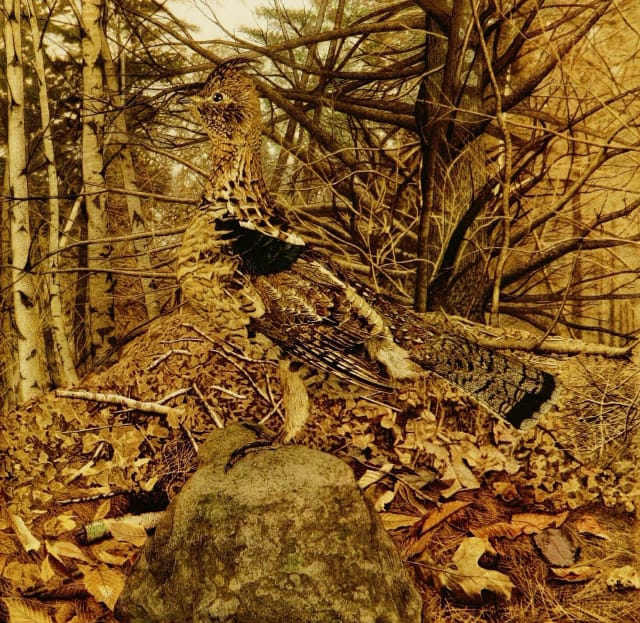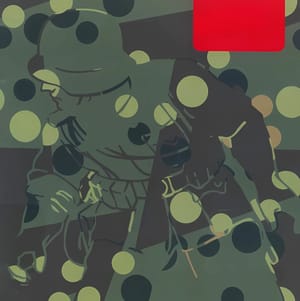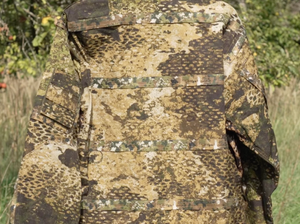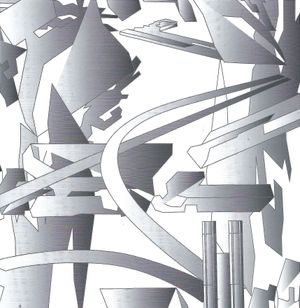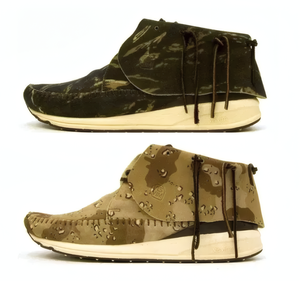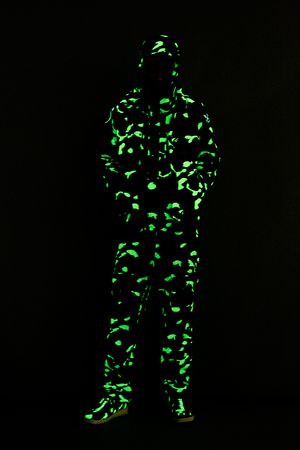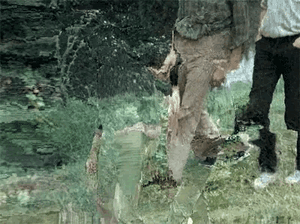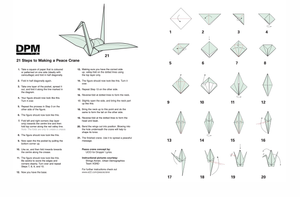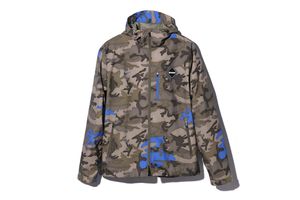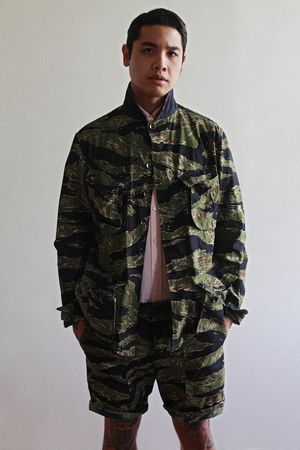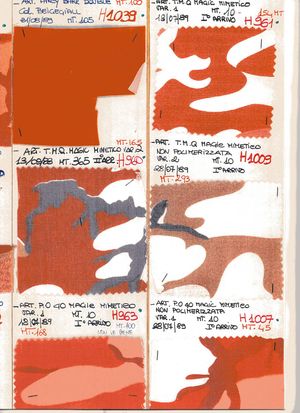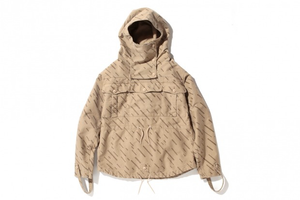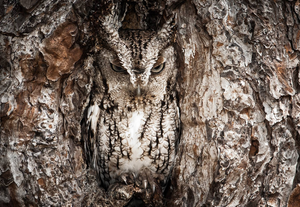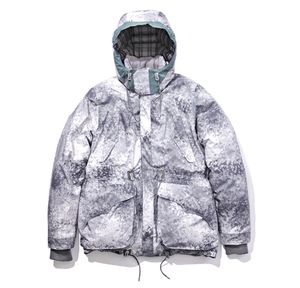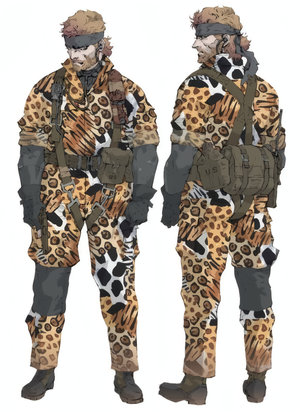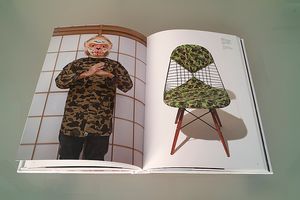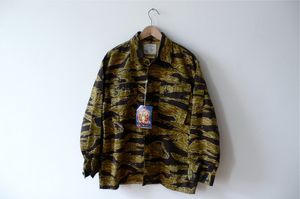
Invisible: Abbott Thayer and the Art of Camouflage
Abbott H. Thayer is now best known for his portraiture and paintings of angels, such as this one from 1887 held by the Smithsonian American Art Museum. He was also obsessed with nature, particularly how animals could disappear through their color patterns into a landscape.
Thayer identified two visual phenomena undergirding this invisibility: “obliterative countershading” and “disruptive patterning.” In the first, animal skins achieve an illusion of monochrome flatness via coloration darkest in sunlit parts and lightest in areas generally bathed in shadows: examples include the light bellies of otherwise dark rabbit coats or the silver undersides of sharks. The resulting visual compression of a three-dimensional form produces an illusion of monochrome flatness. The second principle takes this illusion to the next level of protective concealment: mottled patterns corresponding to the animal’s habitat disrupt the contours of its flat silhouette, resulting in an impression of not being there.
